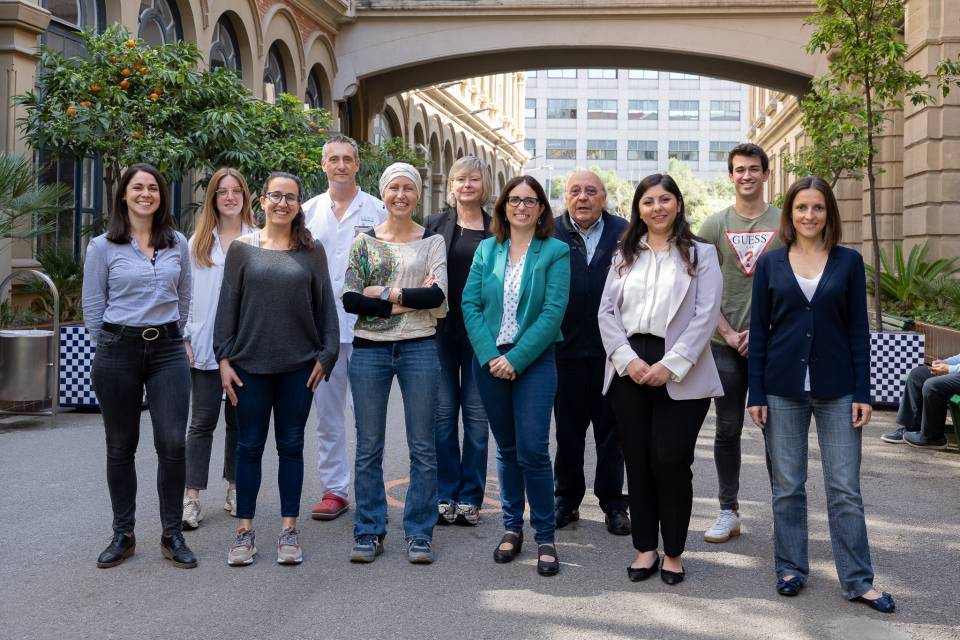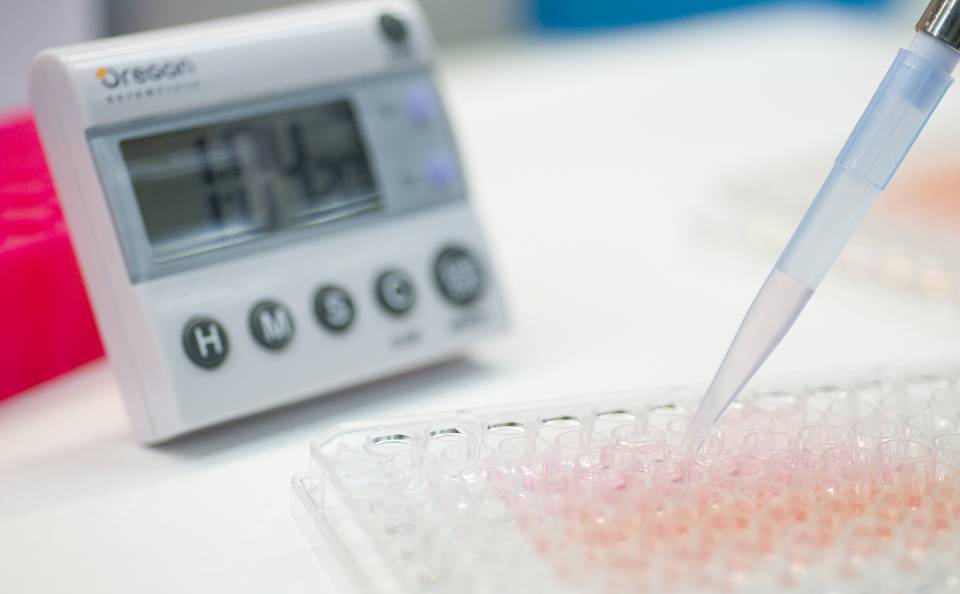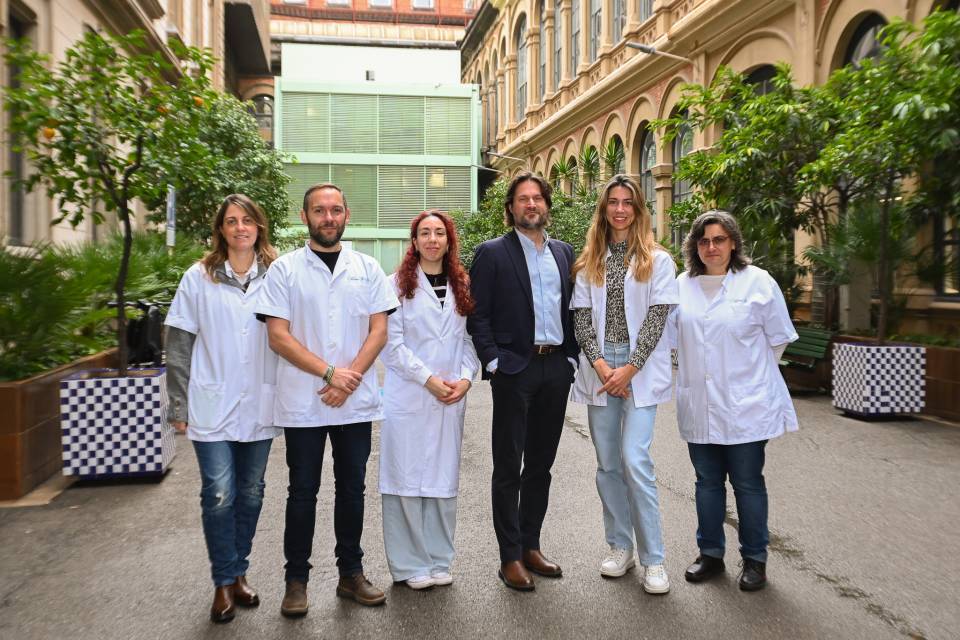Some pregnant women with suspected preeclampsia may also test positive for COVID-19. In these cases, there may be doubts regarding whether the patient has preeclampsia and asymptomatic COVID-19 or COVID-19 without preeclampsia, as the clinical manifestations of both conditions can be similar. Recently, the team of researchers led by Marta Palomo, of the Josep Carreras Leukaemia Research Institute, and Lina Youssef, Francesca Crovetto and Fátima Crispi, of BCNatal-IDIBAPS and the IDIBAPS group Fetal and perinatal medicine, have identified markers that make it possible to differentiate between the two conditions. These results, which come from a project funded by the telethon La Marató de TV3, open the way to a more accurate diagnosis of these diseases and better assessment of the risk.
Pregnancy causes profound changes to a woman’s physiology, especially with regard to the circulatory system. The placenta, which ensures efficient communication between mother and baby, is a tissue that grows rapidly and diverts a large proportion of the maternal blood to the fetus. Thus, its impact on the mother’s blood pressure is considerable and may become a source of cardiovascular risk.
Preeclampsia is an inflammatory disease of pregnancy, of unknown cause, characterized by elevated blood pressure and involvement of other organs, such as the liver and kidneys. If it is not detected in time, it can put both the mother and baby at risk. Currently, the only solution is to induce birth and remove the placenta.
The first cases of COVID-19, the disease caused by the SARS-CoV-2 virus, began to arrive in hospitals in early 2020. This disease can present severe clinical manifestations in vulnerable patients such as pregnant women. The clinical presentation of this severe infection goes beyond mere respiratory involvement and coincides to a certain degree with that of preeclampsia, a situation that may give rise to errors in treatment, which is contradictory for the 2 diseases: whereas in preeclampsia, the priority is to complete delivery, in COVID-19, the priority is to recover from the clinical symptoms of the disease.
Both conditions involve disruption of the normal function of the endothelium, the layer of cells that covers the inner surface of the blood vessels and is partly responsible for regulating blood pressure.
Palomo, Youssef, Crovetto and Crispi, under the direction of Maribel Díaz-Ricart, head of the Hemotherapy-Hemostasis research group at the Clínic-IDIBAPS, wondered to what extent preeclampsia and COVID-19 shared biological characteristics. They therefore analyzed indicators of endothelial dysfunction, blood coagulation, angiogenesis, and immune function in the blood of pregnant women diagnosed with preeclampsia or with COVID-19 and compared those indicators with healthy pregnant women.
The results of the study were recently published in the specialist gynecology journal American Journal of Obstetrics and Gynecology, considered to be the leader in the field and an international benchmark. In the publication, the research team manages to distinguish preeclampsia from severe COVID-19 thanks to robust and reproducible differences in a panel of markers, notably those for angiogenesis (sFlt-1, Ang2, and P1GF), coagulation (vWF antigen), and endothelial damage (VCAM-1 and sTNFRI).
The study also shows that there are elements common to both diseases, such as overactivation of the complement system, an important part of the immune system, although the alterations caused by COVID-19 are less marked than those produced by preeclampsia.
These results make it possible to take a step further in characterizing preeclampsia, a poorly understood complication of pregnancy and the leading cause of maternal and perinatal mortality in the world, as well as the leading cause of premature births. In medical terms, the results are very important, as they provide diagnostic tools that make it possible to differentiate preeclampsia from COVID-19 and thus help with its clinical management and treatment.
The study is part of the project “Analysis of the complement system in severe preeclampsia and HELLP syndrome as a therapeutic target”, funded by the 2019 edition of the telethon Marató de TV3, dedicated to minority diseases.
REFERENCE ARTICLE:
Palomo M, Youssef L, Ramos A, Torramade-Moix S, Belen Moreno-Castaño A, Martinez-Sanchez J, Bonastre L, Pino M, Gomez-Ramirez P, Martin L, Mateos Eg, Sanchez P, Fernandez S, Crovetto F, Escolar G, Carreras E, Castro P, Gratacos E, Crispi F, Diaz-Ricart M, “Differences and similarities in endothelial and angiogenic profiles of preeclampsia and COVID-19 in pregnancy”, American Journal of Obstetrics and Gynecology (2022). doi: https://doi.org/10.1016/j.ajog.2022.03.048




